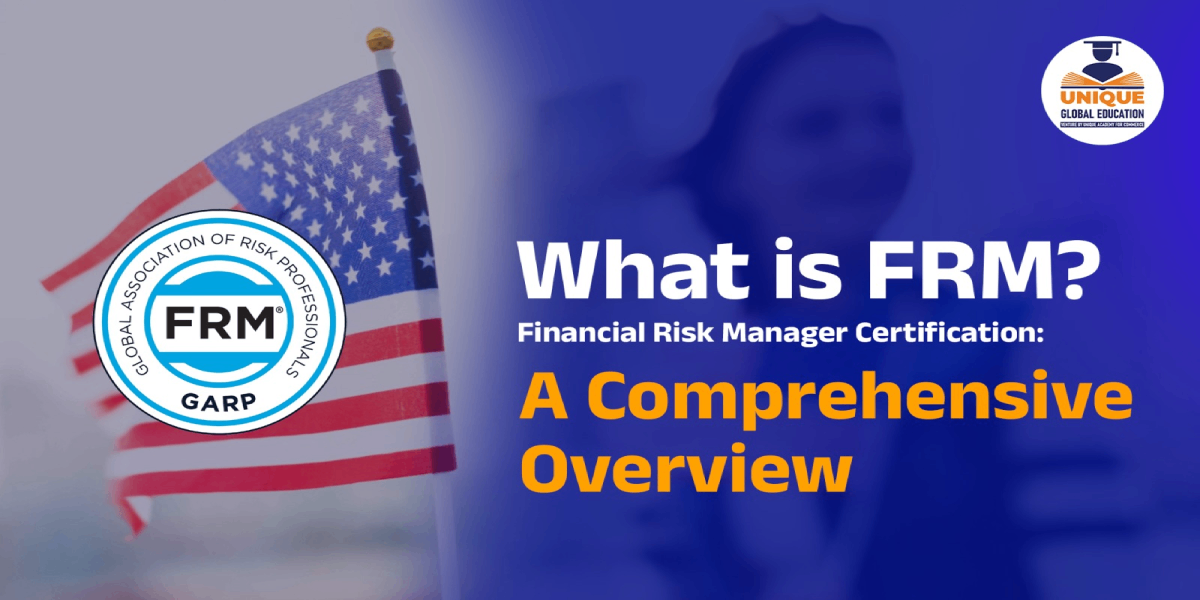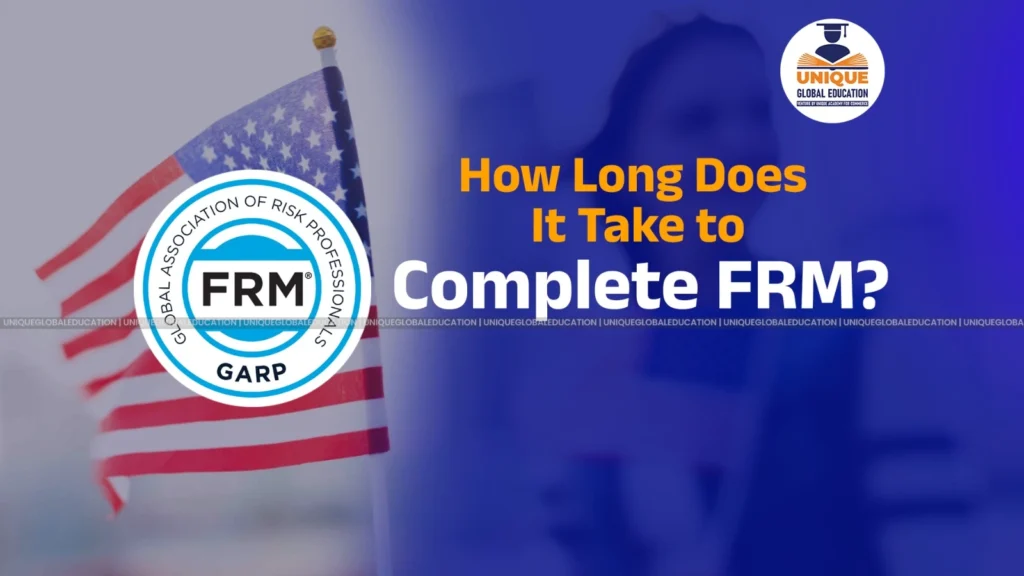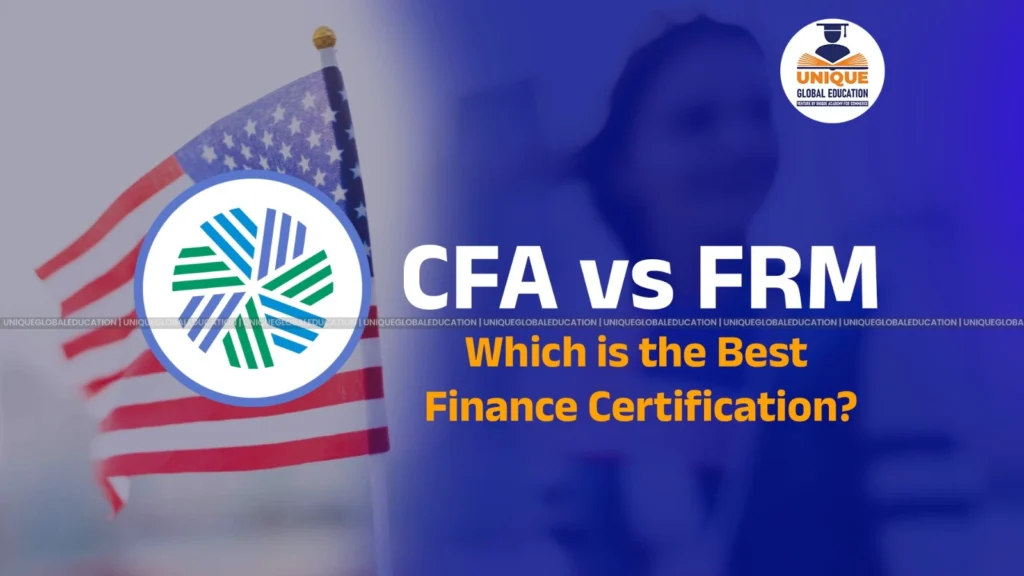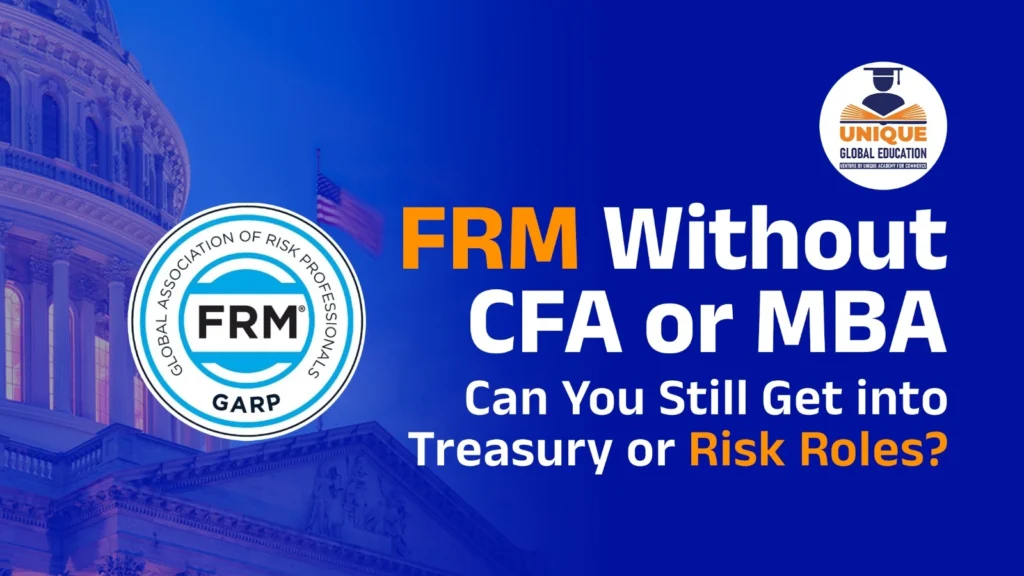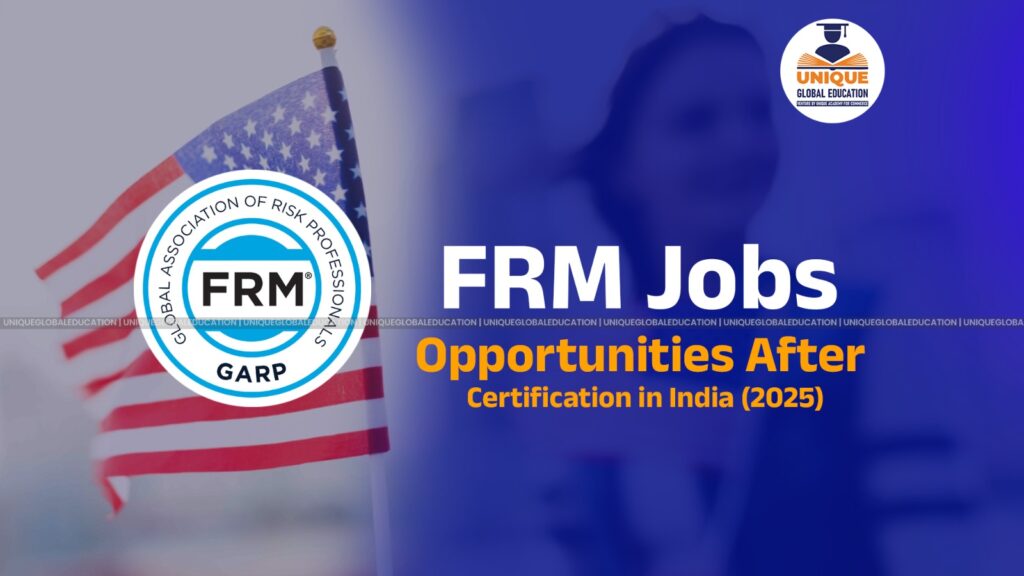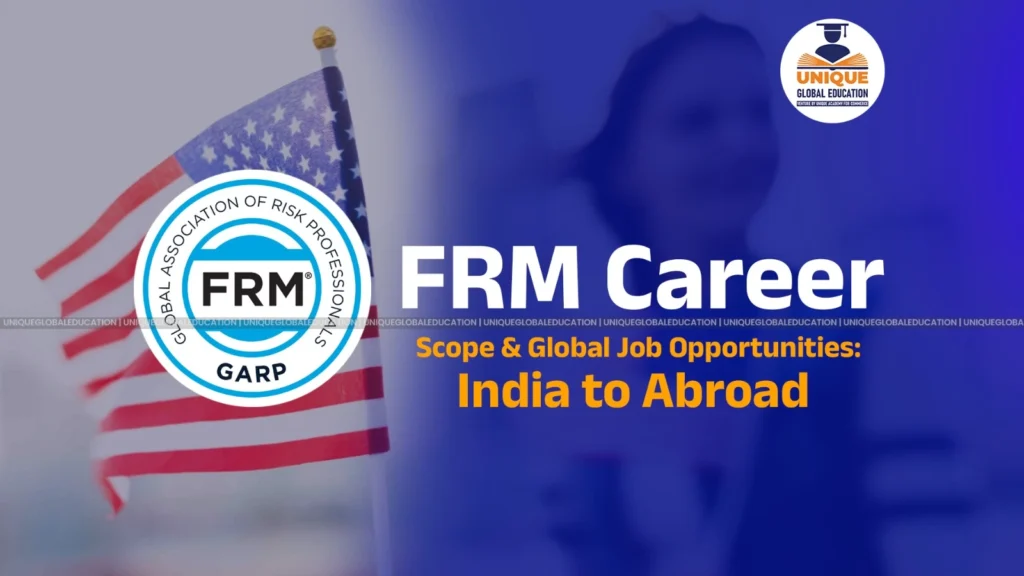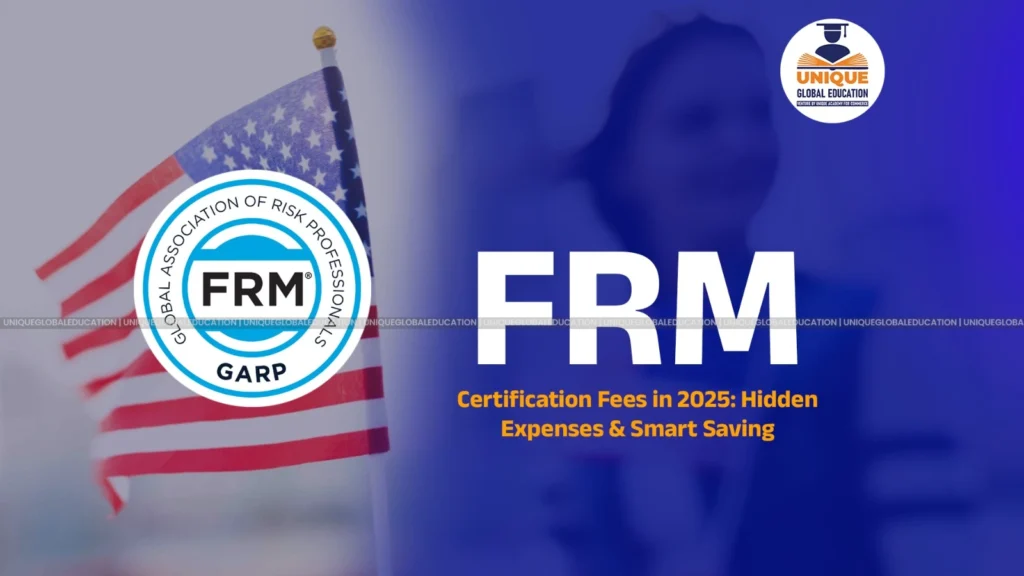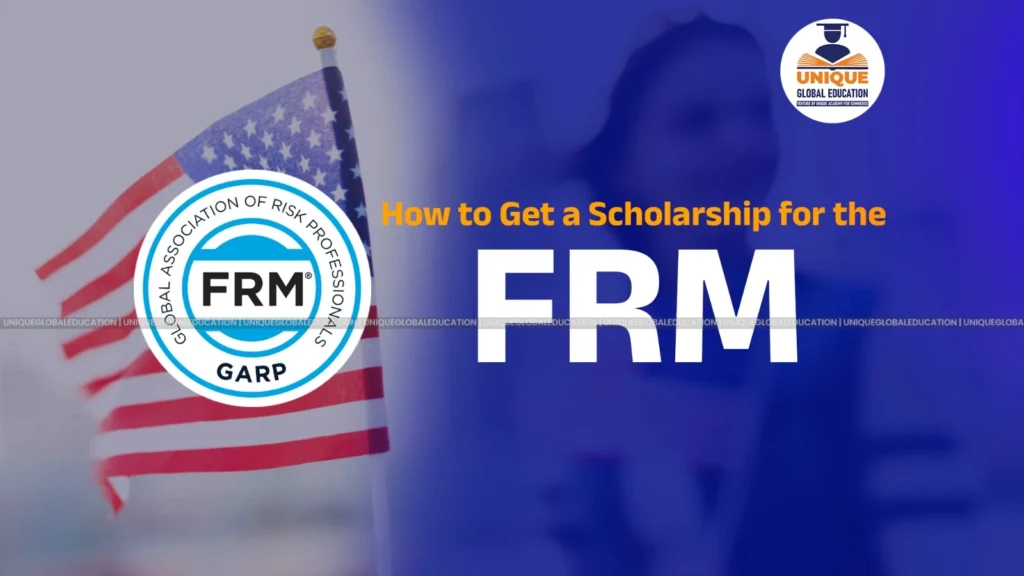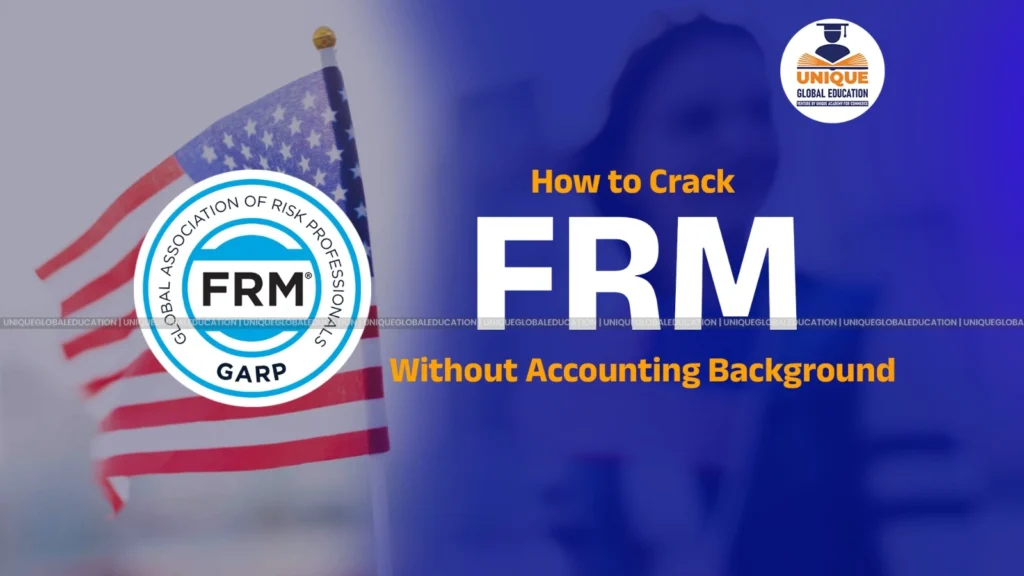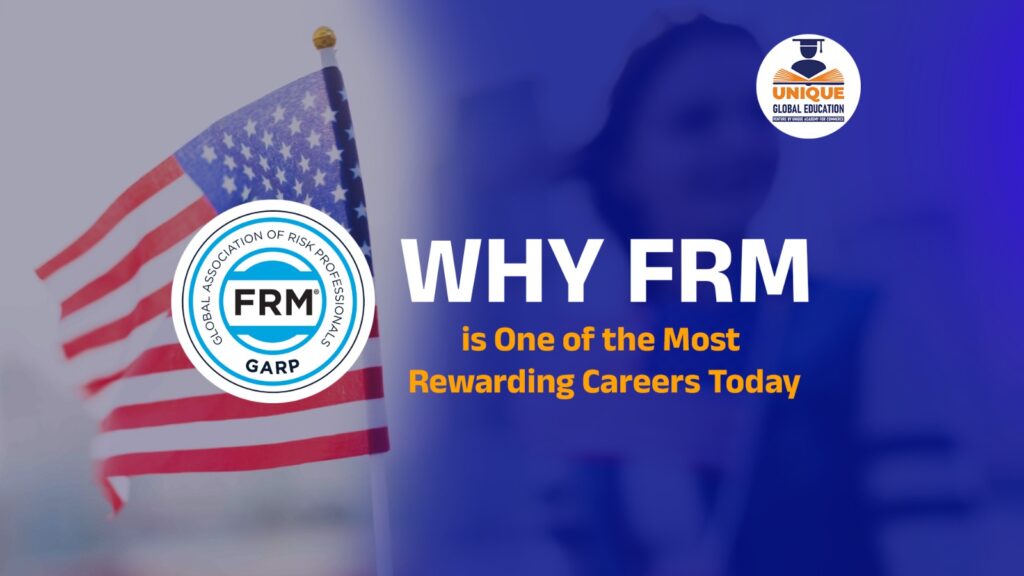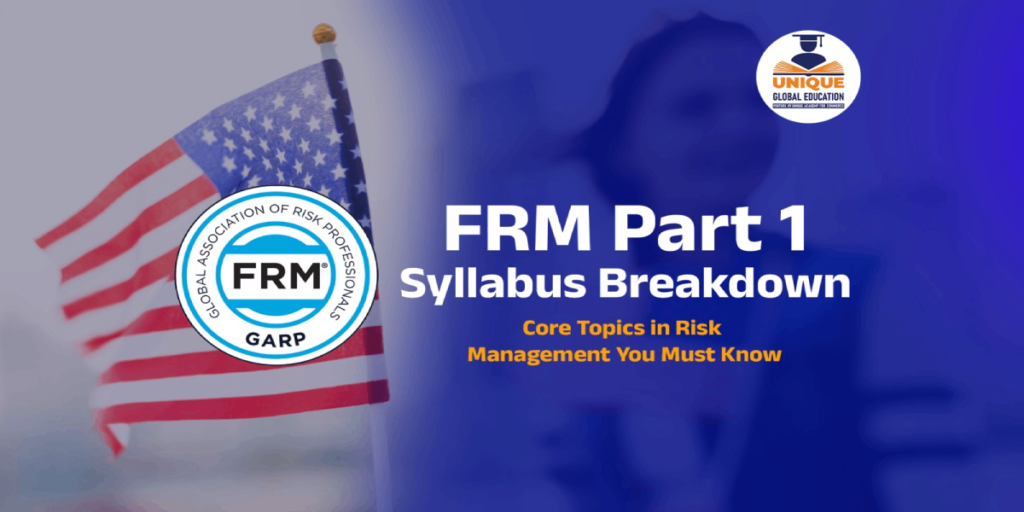One of the most popular credentials in risk management is the Financial Risk Manager (FRM) certification. The certification is granted to professionals who demonstrate the skills needed to measure and control financial risks.
It has an international reputation and is widely considered the industry standard for professionals looking to advance their careers in risk management.
Table of Contents
The FRM: A Key Supporter of the Risk Profession
Our increasingly uncertain financial outlooks make risk identification and risk mitigation paramount in organizations, and a risk manager is now an essential addition to any team.
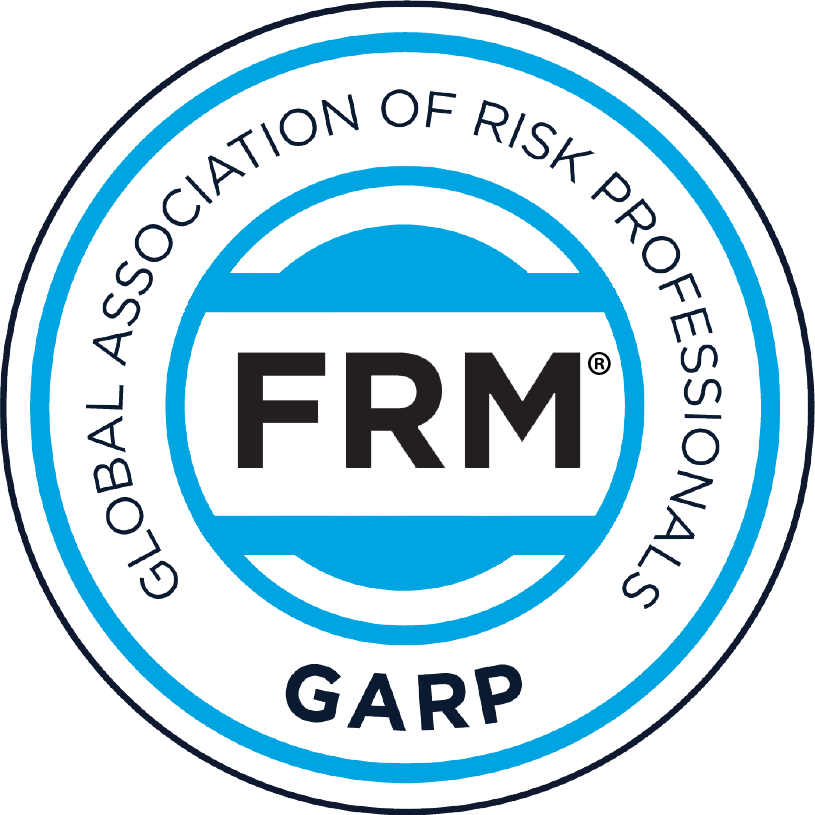
This is where FRMs come into play, utilizing their expertise in risk models, financial products, and regulatory frameworks to ensure compliance and mitigate potential risks. They hold positions requiring careful risk analysis to maintain the financial institutions’ solvency and growth.
The FRM Certification: Is It Right for You?
The FRM certification is suitable for those looking for a career in financial analysis, investment banking, risk management, etc. It is especially good for:
- Aspiring risk analysts & risk managers
- Bankers, management consultants or investment professionals
- Students and graduates of finance-related studies looking to specialize in financial risk management.
- Anyone looking for a worldwide reputation in finance.
Prepare for the FRM Exam (Financial Risk Manager): Why Risk Professionals Should Have One
An Increasingly Important Roles for a Risk Management
As international financial markets increasingly asymptotically out-scale unmanaged risk management, those need to become critical functions.
Regulatory requirements, technology changes, and global events such as economic downturns or pandemics have increased the demand for competent risk professionals.
The need for qualified FRMs is growing, as organizations look to implement risk mitigation strategies.
Benefits of FRM Certification in 2025

this-image-is-copyright-by-Unique-Academy-For-Commerce.jpgThere are numerous advantages to the FRM certification such as:
- Global Recognition: FRM is internationally recognized which expands career opportunities in different parts of the world.
- FRMs are frequently recruited for profitable positions at top financial establishments, such as investment banks, hedge funds, and regulatory agencies.
- Scientific Access: Membership connects members with a worldwide community of risk managers for opportunities for networking and collaboration.
Here’s what you need to know about FRM course details and levels:
The FRM (Financial Risk Manager) certification consists of 2 parts, which cover various topics of financial risk management.
FRM Part 1 versus Part 2 Exam Details
| Exam Details | FRM Part 1 | FRM Part 2 |
| Focus | Focusing on foundational concepts in risk management. | This second level is focused on the advanced application of risk management techniques. |
| Topics Include | • Principles of risk management. • Quantitative analysis. • Markets and financial products. • Valuation and risk models. | • Market risk measurement. • Risk management. Credit and operational. • Liquidity and treasury risk. • Learn about risk management in investment management. • Key Technical Subjects Found within the FRM Program. |
The GARP FRM curriculum intends to give insight into:
- Methods For Identifying and Assessing Risk
- How to measure and manage the risk of the portfolio.
- The regulatory agencies and their preventative measures for systemic risks.
- Real-world examples of risk frameworks applied in practice
How Long does it take to get FRM Certification?
Median Time to Complete Both Tiers
Usually, it takes approximately 1.5 to 2 years for graduating both levels in this certification of FRN. The duration can vary based on the preparation, familiarity with the content, and work commitments.
Factors Determining the Completion Timeline
There are various components to the speed that someone can obtain the FRM certification:
- Hours: Candidates generally invest 200–300 hours preparing for each part.
- If you are planning to become a Financial Risk Manager (FRM), you need to know when the exams are scheduled. The FRM exams are conducted twice a year in May and November. You can choose in which month you want to appear for the exam. Thus, the timeline can be planned accordingly.
- While the curriculum may be easier to navigate for those with a background in finance or quantitative analysis,
2025 FRM Fees: Certified Fees
Academy Fees and Other Costs
Here is a breakdown of the costs associated with pursuing FRM certification:
- Enrollment Fee: New candidates are charged a one-time enrollment fee of $400.
- Exam Fees:
- Early registration: $600 per exam
- Standard registration: $800 per exam
- Other Expense: Study materials, practice tests, and online classes can add $500–$1,000 to the overall investment.
Save on Costs and Find Scholarships
- Early Registration: You can save up to $200 per exam by registering early.
- Booklet: Cover only the essentials with low resource materials from certified institutions.
- Scholarships: Sometimes GARP may provide scholarships to deserving candidates, subscribe to their website for the updates.
FRM Certification Scope and Career Opportunities

Sectors Employing FRM Designated Individuals
Having the FRM certification means that you have access to various industries, such as:
- Banking and financial services charging.
- Asset management firms.
- Insurance companies.
- Regulatory and advisory firms.
- Energy & commodities trading firms.
FRM Job Titles and Salary Potential
Certified FRMs are employed in positions including:
- Risk Analyst
- Credit Risk Manager
- Operational Risk Manager
- Market Risk Analyst
- Portfolio Manager
Understanding salary, FRM professionals are compensated well. For example, in 2025, average financial risk manager salaries should fall between $90,000 and $150,000 per year based on location and experience, respectively.
Cost and Salary Comparison Table: USD vs. INR
| Category | Cost/Salary (USD) | Cost/Salary (INR) (Approx. ₹83/USD) |
| Enrollment Fee | $400 | ₹33,200 |
| Exam Fees (Early) | $600 per exam | ₹49,800 per exam |
| Exam Fees (Standard) | $800 per exam | ₹66,400 per exam |
| Additional Costs | $500–$1,000 | ₹41,500–₹83,000 |
| Average Annual Salary | $90,000–$150,000 | ₹74,70,000–₹1,24,50,000 |
FRM Compared to Other Finance Certifications
FRM Compared to CFA, CAIA, and PRM Certifications
Though every finance certification has a different role, the FRM stands apart as a risk management specialty:
- FRM vs CFA: CFA (Chartered Financial Analyst) is tailored towards investment management and FRM is specialized in financial risk. Most professionals go for both to have a more complete expertise.
- FRM vs CAIA: The Chartered Alternative Investment Analyst (CAIA) program is designed specifically around alternative investments, while the FRM covers a broader spectrum of risk related to all financial products.
- FRM vs PRM: The other risk-based certification is PRM (Professional Risk Manager) qualification but it is less recognized and does not have as widespread alignment with industry as the FRM.
Conclusion
The FRM certification is the key to a successful career in financial risk management. Its global recognition, industry-relevant curriculum, and lucrative earning potential sets you apart as a trusted professional in the modern-day financial landscape.
Whether you are a beginner seeking new opportunities or an experienced professional looking to level up your career, an FRM grants you the skills and confidence needed to be successful in senior roles across a variety of fields.
Acquiring the FRM allows you to showcase a commitment to excellence and connect with a worldwide community of experts advancing the future of finance. Achieve the next step in your career—register for the FRM certification now and make yourself a leader in financial risk management!
Get more details of Global Courses- https://uniqueglobaleducation.com/



